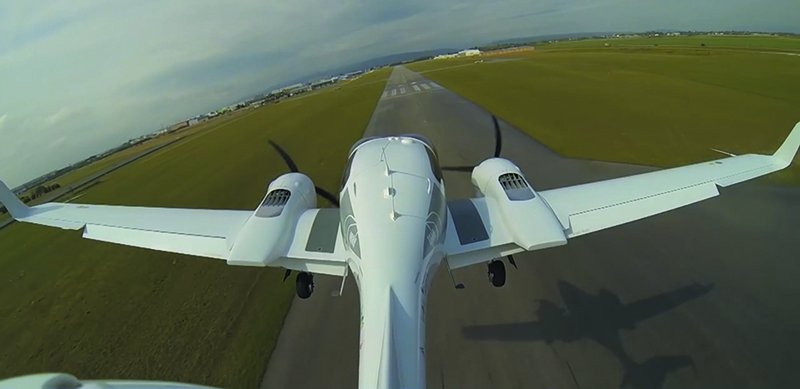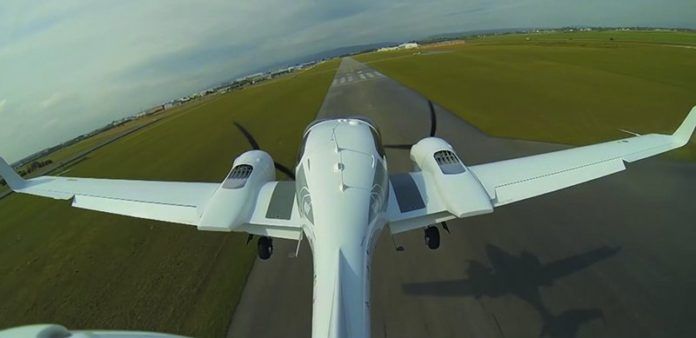If the FAA gives it the nod, autonomy could help sell some airplanes. More on that in a minute. As Cirrus and other manufacturers have proven, whole airplane parachutes are deal-closing accessories, especially for new pilots and skeptical passengers. This when-all-else-fails backstop has even trickled down to unsuspecting backwoods utility taildraggers, with Cubcrafters recently introducing a BRS (Ballistic Recovery System) option for its Carbon Cub and Sport Cub models. The BRS will add roughly 40 pounds to the airframe, while tacking on $14,000 to the price. It’s also available for retrofit.
Cubcrafters’ John Whitish told me old-school Cub pilots generally dismiss the idea of whole-airplane parachutes, but says there are plenty of potential buyers that walk away because it didn’t have one.
It’s easy to see why stick and rudder types shrug off whole-airplane parachutes, preferring to bravely ride the sucker to a smoking hole or hopefully, a successful landing. Deploy one and you’ll likely trash the airframe, but for the believers, that’s a reasonable compromise for the hope of walking away from the thing only rattled by the drama.

Now for the gentler and smarter electronic version, called eSafe. It’s an independent fly-by-wire standby autonomous flight control and autoland system, which takes command of the aircraft should you become incapacitated or manually engage it because you’ve lost control. The computer calculates direct routing with an appropriate approach profile to the nearest suitable airfield or landing area, transmits an emergency squawk code from its own transponder and flies a stabilized approach and landing, even navigating around weather (based on ground radar and ADS-B) and lowering the flaps and landing gear.
It’s not Cirrus, but Diamond Aircraft taking the lead and is flying the eSafe system in its DA42 Twin Star. Diamond CEO Christian Dries told me the system will come in several iterations, with the first version the most basic for the sake of easier regulatory approval. This means the pilot or passenger can activate and deactivate eSafe on their own. Dries mentioned the possibility of using smartwatch technology for inputting the pilot’s biometric data.
He also made it clear that the system is almost totally independent from the existing avionics, sourcing Garmin’s G1000 (standard on the DA42 and other Diamond models) only for airspeed and other basic flight data, including fuel quantity status. This could make eSafe easier to certify, while avoiding the hassles of a closed architecture. eSafe uses its own database provided by Jeppesen or equivalent provider, its own autopilot servos and weighs under 50 pounds.
The first version of eSafe will fly an appropriate approach to landing and chops the engine power on rollout to a stop. It doesn’t require a published approach or forward visibility, but does require GPS position. Stable directional control on landing is possible because of the system’s yaw damper computer, although future enhancements could include automatic braking and taxiing.
In the event of a single engine failure in the DA42, Dries said the eSafe system can, under normal circumstances, successfully maneuver the aircraft for a normal landing. In this situation, he concedes that the system is a good match for Diamond airframes because the yaw characteristics are relatively mild. “After an engine failure, Garmin’s GFC700 yaw damper can keep the aircraft straight and level until eSafe takes over,” he said.
Dries is perhaps too optimistic of earning across-the-board regulatory approval—including retrofits—within 24 months, while believing the market will tolerate a 10 percent price premium (above the cost of a new Diamond) for a first-gen eSafe option. How much extra might you pay to carry around this level of autonomous backup?
—Larry Anglisano





